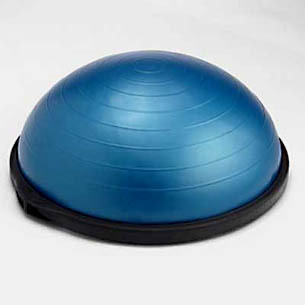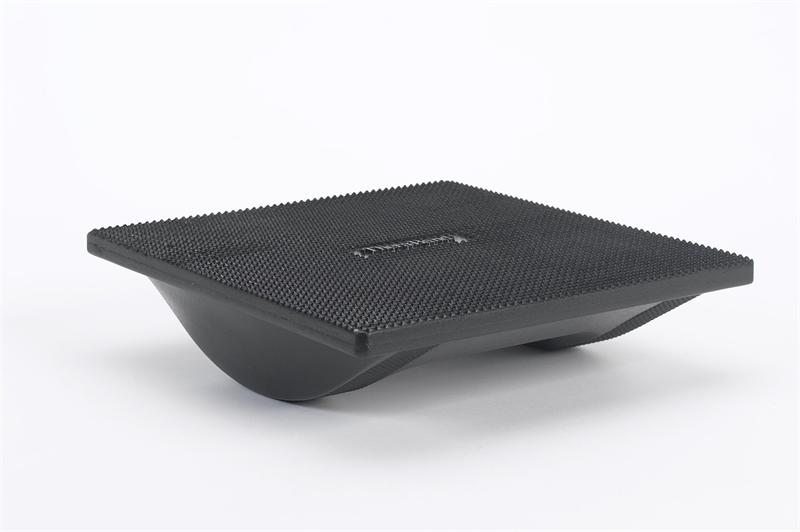Play is essentially taking the time to experiment without anticipating the result to have any impact on the subject matter in which the play is being performed. In my "introduction to rehab" activity below, I took the stance of students with fresh minds who know anatomy and the principles of rehabilitation. They are, for the most part, unaware of rehabilitative exercises.
The Activity





Students are introduced to the various equipment above and are then given a body part (shoulder, knee, ankle, etc) they are to focus on. They then are given free-reign to play with the equipment and figure out how to utilize it for that body part. My assumption is that by trying to figure it out for one body part they will inadvertently find other ways to use it for other body parts. They may even use more than one piece of equipment at a time. After a period of time they may switch to a different body part or body area and manipulate different equipment.
Discussion
I chose this activity because I feel it is a good way for students to familiarize themselves with equipment in a non-threatening way. Seeing equipment sitting around and having to use it without knowing how it feels or what potential lies within it is a very intimidating thing. This exercise provides a safe environment for them to play with the equipment and organically discover the many uses it provides in rehabilitation. I also anticipate they would discover several exercises they would utilize down the road. The intent from their perspective is to familiarize themselves with the equipment and how it works. My intent from a teaching standpoint is to let them familiarize but to also lay a foundation for teaching various exercises throughout the class.
There are no right and wrong answers in this activity. Rehab exercises are only limited by the creativity of the clinician. Not even equipment is a limiting factor. This activity is playful as it allows them to be creative and figure out various exercises on their own. Some will be commonplace though some would be new and different. It is meaningful for the same reason; they are able to figure out for themselves different exercises and can they refer back to them on an as needed basis. It is also a building block to teach exercises throughout the course.
I believe this activity is useful as it, again, creates a safe learning environment where they are not necessarily wrong answers. I also feel that being able to perform the exercise and being able to actually feel the muscles being worked is an important part of prescribing exercises in rehabilitation. If the clinician is unsure of how the exercise is supposed to feel (or actually feels...) how are they to relay this information to the patient? Having performed them first-hand often helps the clinician relay information to the patient regarding proper form and which muscles should be "burning".
No comments:
Post a Comment